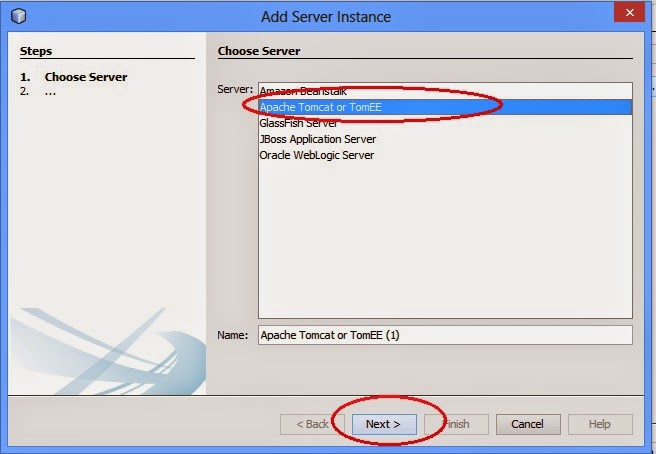
- #Xampp tomcat commit how to#
- #Xampp tomcat commit for mac#
- #Xampp tomcat commit trial#
- #Xampp tomcat commit free#
#Xampp tomcat commit how to#
How to Fix XAMPP If It’s Not Working (3 Common Solutions) This is where you’ll find all your XAMPP files, including your PHP error logs. Then, when you launch Finder, click on your IP address in the left-hand menu and open the lampp folder. However, if you’re using XAMPP-VM, you first need to open the XAMPP control panel, click on the Volumes tab, and select Mount: The Volumes tab of the macOS XAMPP-VM control panel. For instance, if you’re using XAMPP for OS X, you can simply open Finder, go to Applications > XAMPP, and look for the logs folder to find your PHP log. It’s important to know which version you’re using because it determines how you access key files we’ll be referencing throughout this post.

The latter enables you to run XAMPP for Linux on your Mac, using a virtual machine.
#Xampp tomcat commit for mac#
There are actually two versions of XAMPP for Mac users – “XAMPP for macOS” and “ XAMPP-VM“. You should be able to simply type this path into your browser after view the PHP log. This will reveal the path you need to enter in your address bar to view the log: Locating the error_log path in PHPInfo. There, click PHPInfo at the top of the screen: The PHPInfo link in the XAMPP dashboard. To locate your PHP error logs, open the XAMPP dashboard by typing your browser’s address bar. In some cases it may be beneficial to have access to your PHP log as well, although this is usually more helpful for troubleshooting WordPress errors than those for Apache or MySQL. You can then take a look through your logs to see if there’s anything suspicious and follow any directives provided to resolve the issue(s). On macOS, click on the Log tab in the control panel to see the activity log: The Log tab of the macOS XAMPP control panel. You can also access the error log by by clicking on the Logs button next to the Apache Config button: The XAMPP control panel includes logs for PHP and its other components. On Windows, the XAMPP activity log appears in the lower half of the control panel dialog box. Fortunately, there’s a simple way to find the path for your setup. Logs are accessed using different paths, depending on your OS and version.
#Xampp tomcat commit trial#
If you know why the issue is occurring, you should be able to resolve it much faster than troubleshooting it by trial and error. This may point you in the direction of the problem’s cause. In the event that you’re developing a WordPress site locally using XAMPP, and you can’t get the platform to start up, your first step should be to check your error logs. Learn more about DevKinsta! How to Check Your XAMPP PHP Error Log Looking for a powerful tool for local WordPress development? DevKinsta features one-click site creation, built-in HTTPS, powerful email and database management tools, and more. If you’re interested in installing XAMPP, you can check out our tutorial on installing WordPress locally, which includes directions for this task. When it comes to WordPress in particular, XAMPP is one of the top localhost solutions because it meets all of the Content Management System’s (CMS’s) requirements.

It uses the open source Apache server and MySQL, and comes with several built-in tools such as phpMyAdmin and FileZilla.

You can use XAMPP on any major Operating System (OS), including Windows, macOS, and Ubuntu Linux. Plus, since the site is hosted on your computer, its performance should top-notch and you can work offline. XAMPP is a handy solution because it prevents visitors from finding your project while it’s still in progress. If you wish, you can migrate each project to a live server once it’s finished. Rather, they’re meant to be used locally for development and testing purposes. Note that these sites are not publicly available to users on the open Internet.
#Xampp tomcat commit free#
It essentially functions as a server on your computer that you can use to host websites - much like DevKinsta, our own free local development app. It is a reliable application with its four components that allows you to access the local PHP server as well as the database server (SQL).XAMPP is a free local development tool. MAMP is the abbreviation for Macintosh, Apache, MySQL, and PHP. Easy way to browse curated lists on GitHub Apache httpd has been the most popular web server on the Internet since April 1996 What are some alternatives? When comparing XAMPP and Commit Together by Github, you can also consider the following products There is "Co-authored-by" which is supported on GitHub and seems appropriate if the maintainer is basing the solution on someone's code.


 0 kommentar(er)
0 kommentar(er)
